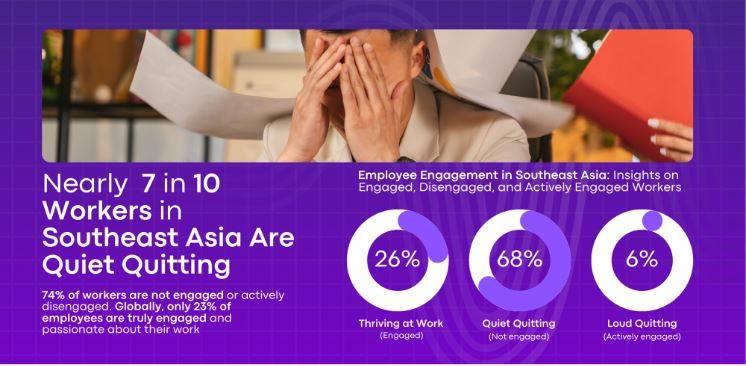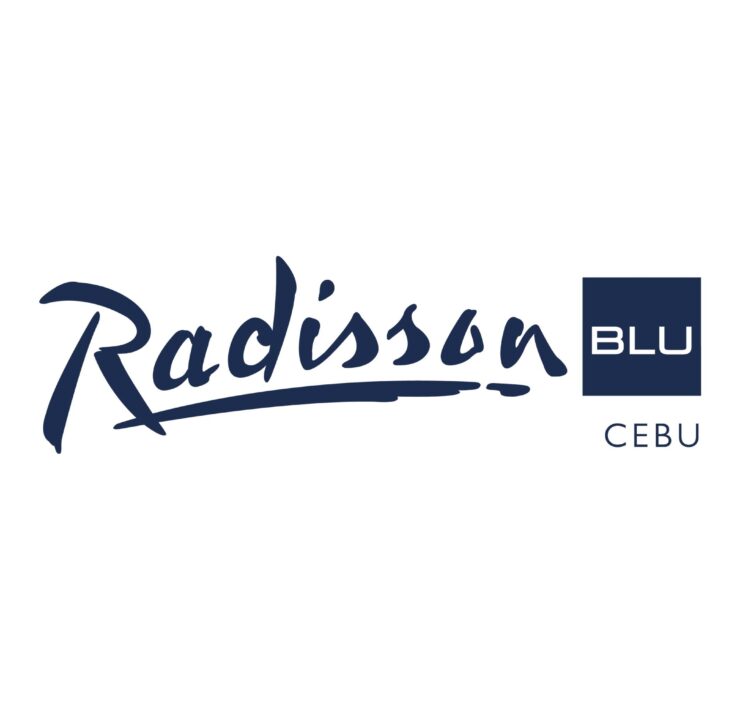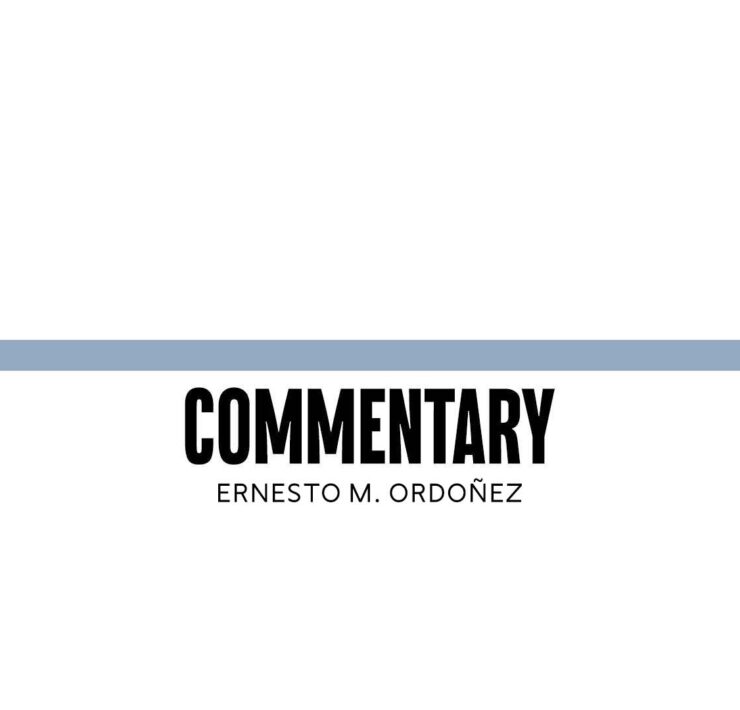Attracting and retaining top talent

Today’s employee retention strategies are being tested by unprecedented challenges and uncertainties, leaving organizations disrupted by the era of “permacrisis” in the workforce. Engagement, as one of the key drivers of employee retention, continues to be a significant challenge.
In a recent engagement with Inquirer’s What Works at Work, we presented both national and global perspectives on workplace engagement. As we explored strategies to attract and retain top talent, several opportunities emerged to address the ever-evolving challenges of today’s workforce. Where do we go from here to address the evolving needs of today’s workforce?
State of global workplace engagement
A comprehensive report conducted by Gallup found that nearly seven in 10 workers in Southeast Asia are quiet quitting, 26 percent are engaged and 74 percent of workers are not engaged or actively disengaged.
Compared to our Southeast Asian peers, Filipinos show higher engagement at work, reporting 35.13 percent Filipino high engagement, which is completely above the regional average of 26 percent and the global average of 23 percent. While we have a notable high engagement compared to our Southeast Asian peers, we have yet to resolve the recurring challenges of Filipino workers.
Further to the report of Gallup on three-year rolling average employee engagement, they reported that 65 percent of Filipino workers are not engaged or actively disengaged or known as the quiet and loud quitters. The report shown is further exacerbated by the increasing numbers of turnover, productivity, work dissatisfaction and work flexibility.

What organizations can do
The cornerstone of employee engagement lies in the measurement of employee retention. By analyzing key insights to improve and attract key talents to your organizations, you can gain a better understanding of workforce dynamics, improve employee satisfaction, address problems and ultimately position the organization as an employer of choice.
The impact of disengaged workers is truly problematic, as it directly harms organizational goals. The data provided by Gallup attest to the increasing number of workers who are dissatisfied with the way businesses operate. Moreover, increased turnover and decreased productivity will continue to harm organizations.
That means, today’s digital talents are not just seeking tangible benefits; they are also looking for intangible aspects such as purpose, growth opportunities, caring managers, ongoing communication and strengths development. Simple employee satisfaction surveys alone do not truly capture the depth of genuine employee engagement. However, the good news is that you can still take steps to improve this situation. Here’s a good start and a rundown of what you need to know to analyze your workers:
- Work hours outside of normal schedule: A good indicator of discretionary effort is work done outside of normal working hours (e.g., evenings and weekends).
- Meeting participation: Employees who only attend structured meetings may be a sign of low engagement.
- Customer collaboration beyond role scope: Helping others even though they may not receive credit is a good indicator of an engaged employee.
- Management and leadership interaction: One-on-one interactions with managers.
- Peer influence: The ratio of highly engaged employees to low engaged employees on a current team or with a person’s most frequent co-collaborators.
- Meeting load and calendar structure: When people don’t have meaningful time and engage in large group settings, engagement typically decreases.
To further measure the different aspects of employee retention, we have also identified common employee retention metrics identified by AIHR that you should know:
- Employee retention rate: A fundamental metric to track employee retention. Generally, a 90-percent retention rate is a good indicator of an engaged workforce.
- Retention rate per category: You can measure the retention rate by identifying the retention rate per manager (assessing manager performance in retaining employees), retention rate of managers (assessing the retention of employees at the manager level), retention rate per department (learning from departments with higher retention rates), etc.
- Voluntary turnover: This indicates that the employee chooses to leave the employer (e.g., finding a new job, joining a more desirable brand, relocating, etc.).
- Involuntary turnover: Employees who have been dismissed or laid off.
- Employee satisfaction rate: To measure employee satisfaction, you can use the Employee Net Promoter Score.
- Average employee tenure: Understanding the average length of time an employee stays with the organization. A higher average tenure often indicates greater employee satisfaction.
- Cost of employee turnover: Collect data on all costs involved in employee turnover.
- Engagement scores: Understand employees’ views on the work environment by collecting engagement scores through either pulse or engagement surveys.
- Job satisfaction: This measures how happy employees are with their jobs. If results indicate low job satisfaction, it’s likely that employees will seek new opportunities.
- Flight risk: Understand employees on a macro level who are likely to leave and identify indicators that may trigger their departure.
Final thoughts
Our message is clear: employees are at the heart of every organization. To truly prioritize them, accountability, transparency and clear support must work together. These three elements are essential to effectively fulfilling the organization’s purpose of building an engaged workforce. Leaders must also explore strategies that genuinely enhance employee engagement, starting with conducting employee engagement surveys as a first step toward motivating their teams to address quiet quitting. Furthermore, it’s essential to implement employee engagement programs that are simple yet effective, focusing on improving metrics that accurately reflect your brand promise.
We are witnessing a recurring phenomenon that first emerged in 2022, and while it’s not new, it demands attention. From a broader perspective, the persistent challenges within organizations must be addressed comprehensively. If you truly want to address quiet quitting, rapid and genuine change should be felt by stakeholders, not just a mere promise that doesn’t entirely resolve the problem.
The truth is to build a thriving workplace and an engaged workforce, you must first identify the root causes and implement real, pro-people solutions that address your employees’ needs.
——-
The author is executive director at human capital consulting firm Viventis Search Asia.





















